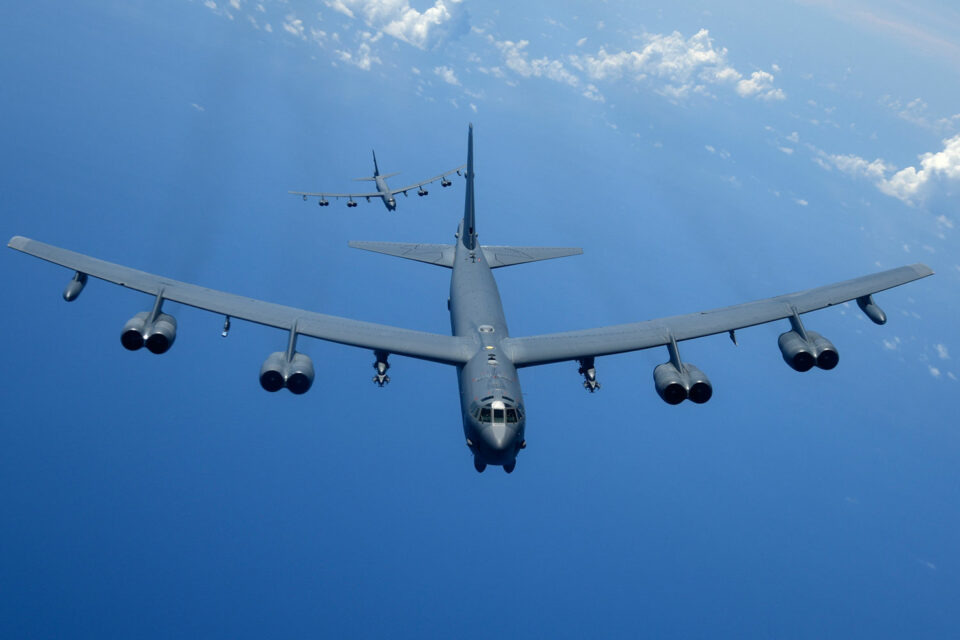The engine manufacturer Rolls-Royce announced Wednesday the start of the testing phase of the F130 turbofan that will be used in the future updated version of the B-52 Stratofortress bomber of the United States Air Force (USAF).
Tests are conducted outside the company’s facilities at the NASA Stennis Space Center in Mississippi.
In September 2021, the USAF selected Rolls-Royce to repower the B-52Hs in the active fleet. US-operated bombers have flown with Pratt & Whitney TF-33-PW-103 turbofan engines since the 1960s.
Follow ADN: Facebook | Twitter
The engine is the military version of the JT3D, which powered the former Boeing 707 and Douglas DC-8 commercial jets. Each Stratofortress has eight engines.
A new turbofan chosen for the B-52, the F130 is the military version of the BR700 engine, present, for example, in Gulfstream executive jets and in the former Boeing 717 commercial model.
With the update, it is expected that the old “BUFF” will remain in service until at least 2050, when the aircraft will be close to completing 100 years of its first flight – which took place on April 15, 1952.
“Rolls-Royce continues to work very closely with the Air Force and Boeing to ensure the engine testing and integration process run smoothly. This will result in higher fuel efficiency, reduced air refueling requirements, and significantly lower maintenance costs for the B-52 fleet. We look forward to sharing test results with the Air Force and Boeing as the test plan progresses at the NASA Stennis Space Center,” said Candice Bineyard, Director of Defense Programs at Rolls-Royce.
According to the engine manufacturer, the first tests with the new turbofan for the B-52 had “very positive” results. To date, the engine has undergone crosswind aerodynamic flow tests and evaluations of digital engine controls.
The company also celebrated the first time the F130 is tested in nacelles with twin-engine mounts, a familiar configuration on the veteran US bomber.
The USAF intends to complete the new engine integration activities and reinstate the first batch of updated aircraft between 2026 and 2027. More modern and efficient, the F130 engines will reduce the aircraft’s fuel consumption, increasing the bomber’s flight range. Maintenance of Rolls-Royce turbofans will also be simplified compared to the older TF-33s.

B-21 Raider
The first flight of the re-engineered aircraft is expected for 2025. In addition to the new engines, the “new generation” of the B-52 will also be equipped with a new AESA radar, the APG-79 model (same as that used on the F/A fighter -18E/F Super Hornet).
Also new on the bomber will be the BOCS system, a device for transporting cargo in the bomb bay. After receiving these changes, it is possible that the bomber will receive two redesignations as modifications progress, becoming the B-52J or possibly the B-52K.
The B-52 entered service with the USAF in 1955 and since then has been the country’s main strategic bomber, even after the emergence of faster and more advanced aircraft such as the B-58 Hustler, the B-1B Lancer and the stealth model B. -2 Spirit.
Over the next decade, the Stratofortress will be joined by the B-21 Raider, a next-generation stealth bomber that is designed by Northrop Grumman.


